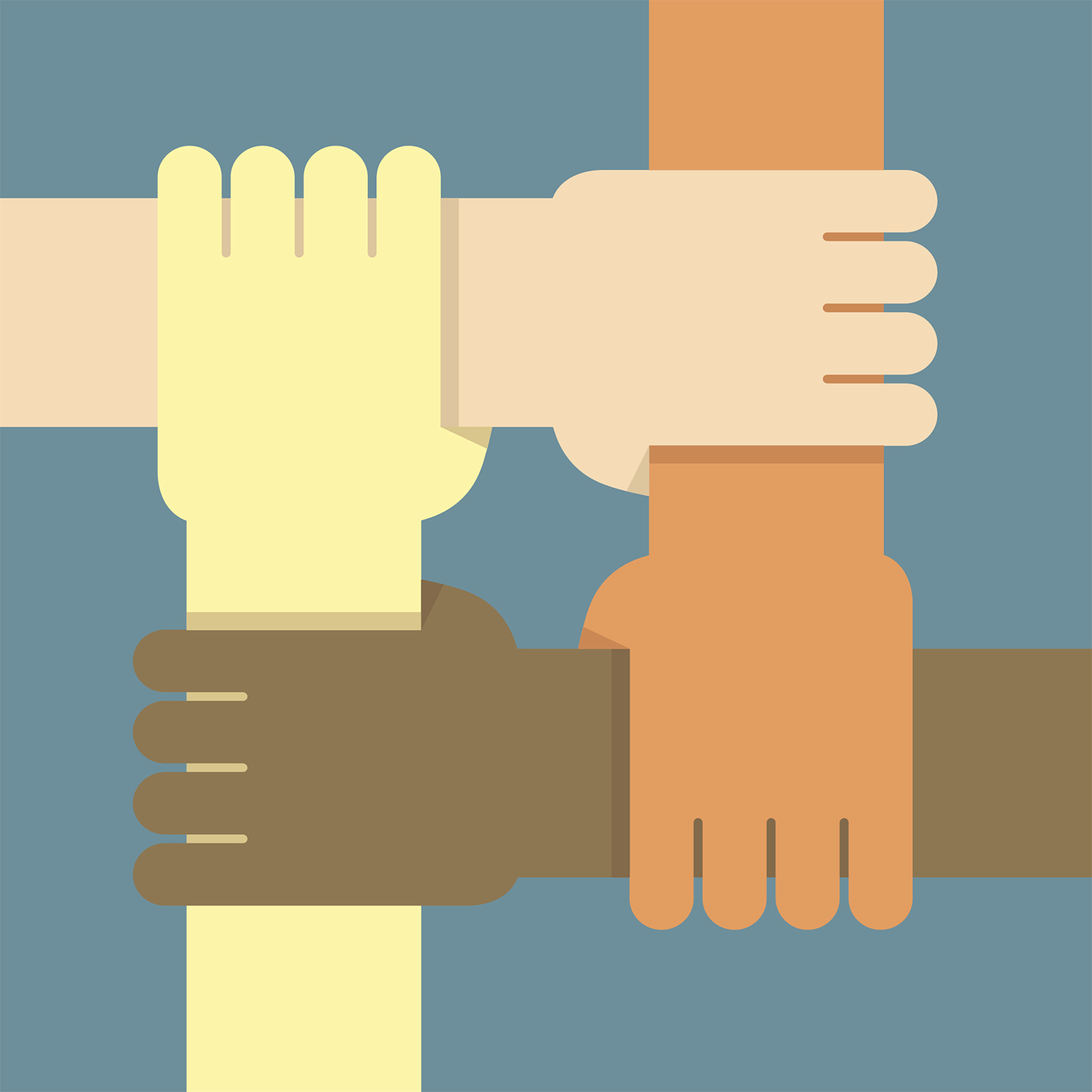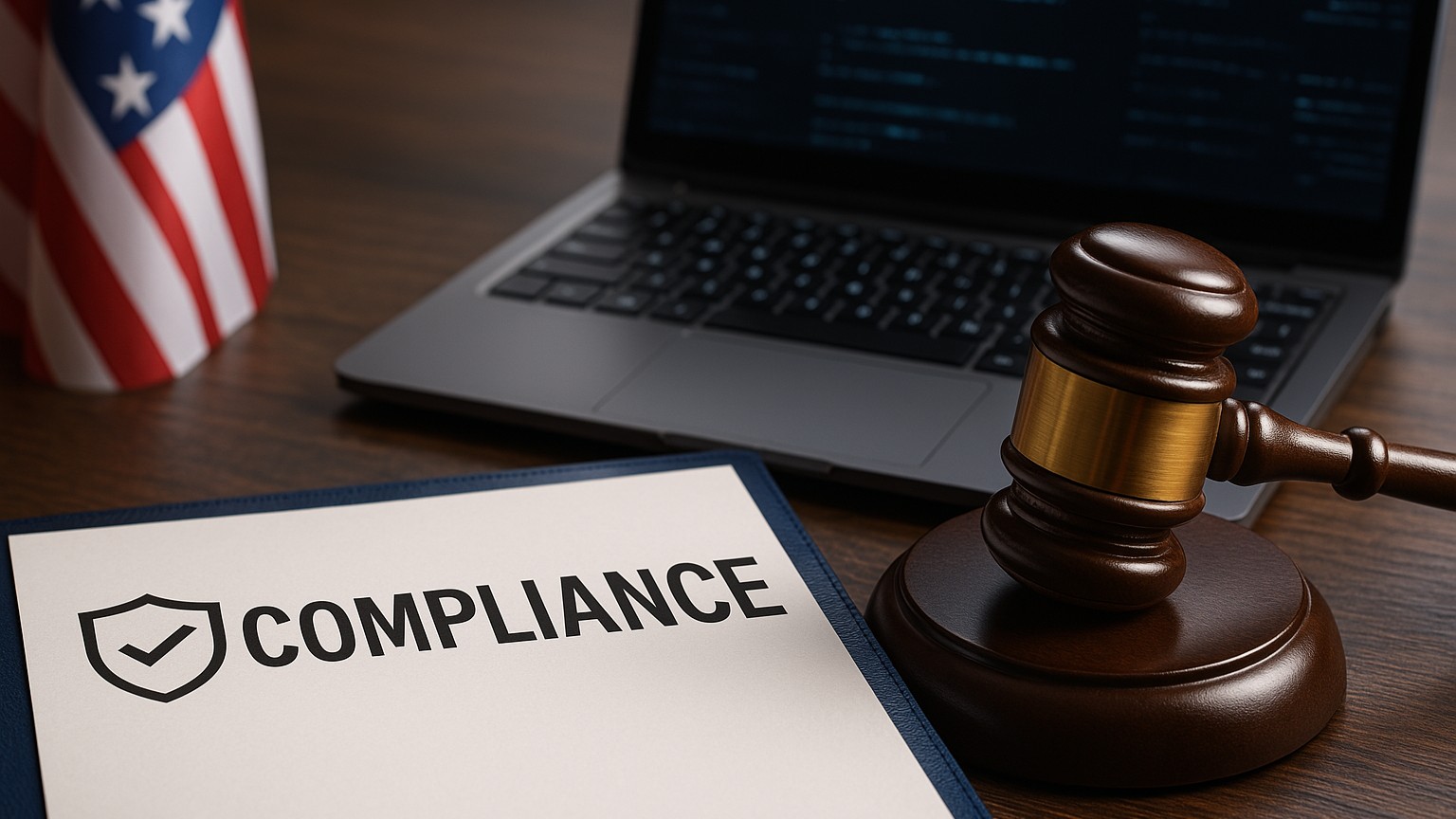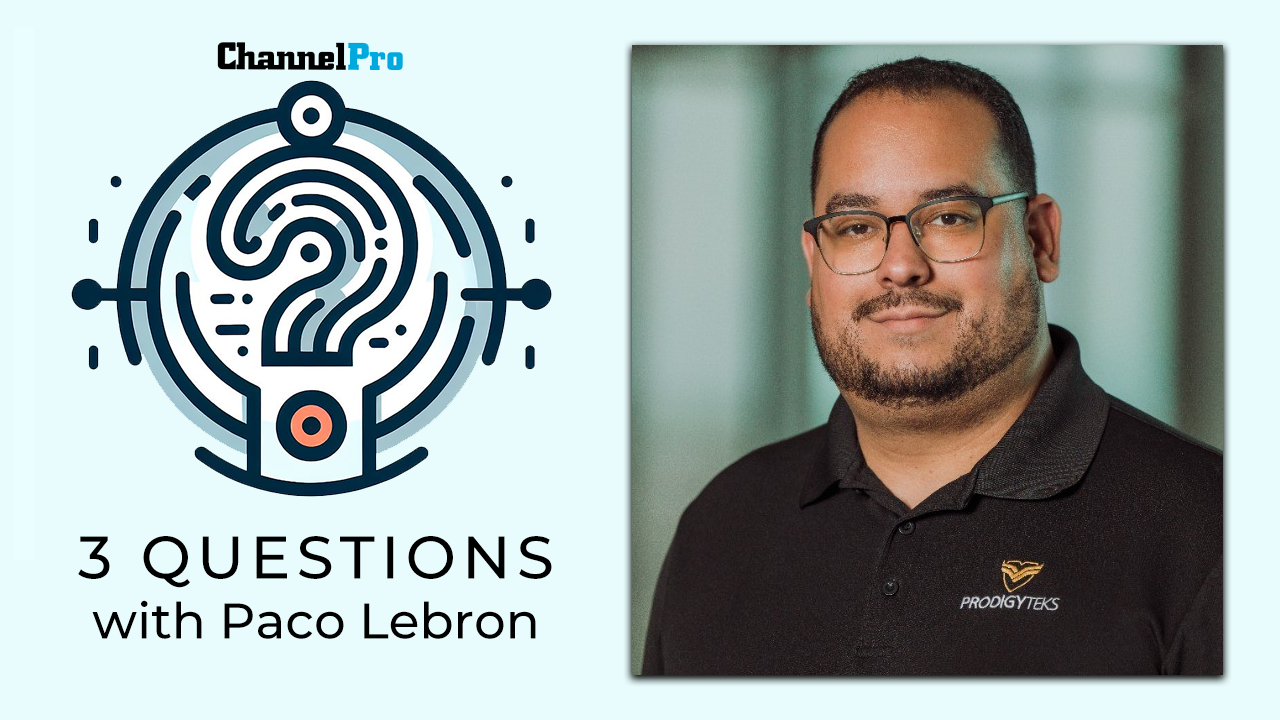INCREASING THE DIVERSITY OF YOUR WORKFORCE requires making that a priority in your hiring process, from start to finish. That includes establishing it as a company-wide goal and being deliberate in how you write job descriptions, where you seek applicants, how you interview and welcome candidates, the way you make hiring decisions, and what strategies you put in place for developing those new hires.
Before any of that, however, spend a little time looking for unacknowledged preconceptions that might sabotage your good intentions. “”It’s really important to start with a look in the mirror,”” says Amy Kardel, vice president, strategic workforce relationships at industry organization CompTIA, attorney, and co-founder of Clever Ducks, a managed services provider in San Luis Obispo, Calif. A self-proclaimed child of “”hippie parents”” who grew up in California in the late 60s and graduated from UC Berkeley, Kardel says she was unaware she had biases until she attended unconscious bias training while studying for the California bar exam. (See p. 25 for Kardel’s “”10 Tips for Finding and Hiring a Diverse Team.)
Thinking frankly about your current hiring process is another good place to start when developing a diverse workforce, says Lila Kelly, principal of Lila Kelly Associates, a diversity and HR consultancy, and DiversityIntegration.com, which works with organizations to build competencies for recruiting, interviewing, hiring, and retaining a diverse workforce.
Business owners who maintain they simply hire the best people for the job and don’t need to change anything should “”just look at what their current workforce looks like,”” she suggests.”” If it’s homogeneous rather than reflective of the community or larger society, “”acknowledging that there might be some unconscious bias”” is the first step.
The Job Description
If your goal is diversity, being intentional about it is key. That starts with considering the words you use (or don’t use) in a job description. To avoid descriptions that may convey a lack of inclusivity or cultural insensitivity, Kelly recommends practical, objective wording, such as “”minimum two years’ experience with Cisco networks,”” rather than subjective words like “”independent,”” “”self-starter,”” and “”ambitious”” that don’t necessarily reflect the skills, knowledge, and abilities required to get the job done. More importantly, she adds, the latter words may “”go against somebody’s culture”” in which, say, humility and teamwork are stressed.
If you’re unsure, augmented writing platforms like Textio, which uses data science to reveal hidden biases in language and suggest alternatives, can help, says Charles Eaton, president of Creating IT Futures, the charitable arm of CompTIA that creates pathways to IT careers for people who lack opportunity or are underrepresented.
Kardel also recommends stressing tasks over tools. “”The more specific we get, we’re just going to filter people out, and we’re also going to turn people off who may know plenty about help desk but don’t know [your specific] tool stack.””
If your skills requirements line up with certifications, include them, suggests Eaton. “”Certifications are a way for people who lack the usual networks and experience to be able to enter the field, so you don’t want to eliminate someone who might have a CompTIA or Microsoft or Cisco certification.””
The Recruitment Process
Expanding your recruiting process beyond your usual go-to’s such as job platforms like LinkedIn and referrals from people you know is the next step. Sources for talent include IT boot camps, apprenticeship and mentoring programs, community colleges, and nonprofit organizations focused on helping women and people of color advance in the workforce.
IT-Ready, for instance, part of CompTIA’s Tech Academy, is an eight-week boot camp that trains adults with no IT background to work on a help desk. Candidates go through a rigorous assessment process, says Lisa Fasold, senior director of marketing and communications at Creating IT Futures, who is also an IT-Ready graduate with a CompTIA A+ certification. Fasold says about 60% of alums are people of color, and “”typically our graduates stay for at least two years in their jobs,”” which is the length of time CompTIA tracks them presently.
Nonprofits like Year Up and Upwardly Global were sources of four employees for Chicago-based MSP MXOtech, says CEO and founder Joanna Sobran. An immigrant who came to this country from Poland as a child, Sobran makes diversity and inclusion a priority for her company. To help ensure success, Sobran pairs her senior-level staff with these junior-level hires for mentoring and training.
Employers can also seek out and/or sponsor resources like the Mentor-Protégé Program from Women in Technology (WIT), an organization dedicated to advancing women in technology in the Washington, D.C., metro region. Beth Bierden, a communications engineer at Decisive Point Consulting, heads up the WIT Mentor Protégé program, which is hosted and underwritten by technology firms that can send up to three proteges to the program as well as get visibility to talent.
Clever Ducks, according to Kardel, has worked with local apprentice programs as well as international interns through AIESEC, a global youth leadership development nonprofit. “”You get a very diverse and interesting pool of international young people who are really focused on your field,”” she says.
Even if you currently are reaching out to nontraditional sources, Kardel suggests branching out further. For instance, Clever Ducks already looks to the local community college 15 minutes away for candidates, but Kardel says she recently realized that the community college 30 minutes away “”is a completely different demographic.””
She also suggests leveraging traditional platforms in new ways. “”I would challenge you on LinkedIn to make five diverse friends this month in the field. They could be instructors. They could be students.”” Message them that you want to increase your talent bench with diverse candidates, she says, and ask them to share your job postings with their network.
Alec Stanners, vice president of sales and marketing at PSA solution vendor Tigerpaw Software, who also serves as vice chair of CompTIA‘s Advancing Tech Talent and Diversity Community, suggests considering increasing the geographic range of your applicant pool by hiring remote workers.
The Interview
How your business conducts the interview process, and how candidates experience it, play key roles in the ability to hire diverse employees. If your interview process keeps bringing in the same types of hires, it‘s time to look at how fair it is or how well it‘s helping you assess applicants’ strengths, Stanners says. Focusing on how candidates complete tasks and how they handle test scenarios generates information that emphasizes talent over identity.
Kelly, who has conducted research on the interview experiences of diverse job applicants, found they often cited the nature or tone of questions asked, or the behavior of the interviewers, as reasons why they didn’t want to work for a company. For example, she says, a fourth-generation Asian-American woman was told by an interviewer that she “”speaks very good English,”” and a highly educated African-American applicant was told two minutes into the interview that he “”came across as very intelligent.””
“”There’s unconscious bias built into the system as well as the interviewer’s expectations of applicants,”” Kelly says.
Other micro-aggressions and micro-inequities may manifest in how the receptionist or security guard treated the applicant or even something as seemingly innocuous as the artwork in the lobby (if it’s all pictures of older white male past presidents, for example), Kelly explains.
Also, be mindful of questions that are subjective or may not be sensitive to applicants’ culture, such as “”Tell me about your strengths and weaknesses.”” Says Kelly, “”Someone from a cultural background where they learned that you don’t brag about yourself as an individual may find it very difficult, if not impossible, to provide a good answer.”” Further, she adds, “”Commonly asked questions like these may get rehearsed responses from applicants who have practiced interviewing or been coached on how to interview, and may miss good responses from diverse applicants.”
Instead, she suggests questions like, “”Tell me about a project you worked on and what were the results?”” “”What was your part and how did you and your team members support each other?””
“”All that’s going to get at what their strengths and what their weaknesses are,”” Kelly maintains.
Eaton suggests asking for feedback from diverse staff about interview questions. For instance, a business owner told him he was having trouble recruiting women. He always asked candidates if they had ever built a gaming rig, because he had determined that all his best employees had done so. Gaming, however, traditionally has been a largely male interest. “”If he had had more women able to look at his interview process, they might have pointed that out,”” Eaton says.
Eaton suggests some introspection. “”Am I really asking the questions that proved these people were going to be successful? Or am I asking questions that actually just … reaffirm the people I’ve been hiring?””
The Decision-Making Process
Hiring a diverse candidate outside of their network, rather than someone they already know or who looks like them, can be difficult for hiring teams, Kelly says. To help remove unconscious bias, she recommends rating applicants’ responses right away rather than after you’ve interviewed all the candidates, and then using those notes rather than recollection to compare them.
For instance, she says, if the choice comes down to two candidates, say a white male who looks like the hiring team and an Asian woman, comparing the written notes on the two provides a less subjective assessment. “”You see that she gave a stronger answer [and] she’s got a stronger background and experience.””
Most important, says Kelly, is the team must agree that if they hire a diverse candidate they’re going to support them and help make them successful.
The Long Term
And once your organization sets the goal of building a diverse workforce, “”hold each other accountable to that goal,”” Kelly stresses.
At MXOtech, for example, Sobran’s management team knows workplace diversity is a priority for her. “”My managers are very aware how I feel about that,”” she says. If the team finds the right candidate who also happens to be a woman or person of color, “”we celebrate that.””
Stanners sees larger members of the channel community looking into creating diversity, equity, and inclusion leadership roles in-house. “”One of the biggest questions seems to be hiring a chief diversity officer, and what does that position look like,”” he says. It‘s a crucial job for systematic improvement in diversity and inclusion, but leaders are discovering an off-the-shelf job description hard to come by. As a result, CompTIA is creating assets to help channel pros define that role.
Eaton acknowledges that building a diverse workforce isn’t easy, because people are afraid of making missteps. However, he adds, “”I’ve seen with my own team that transparency and honesty go such a long way. [If] people know what you’re trying to do and where your heart is, they will help figure things out with you and be your partner.””
—Jennifer Oladipo contributed reporting to this story.
Resources
Code2040 – Nonprofit organization that connects Black and Latinx tech talent with companies, mentors, and peers committed to racial equity and inclusion in the tech sector
Greater Good Magazine – Article on “”The Subtle Way Cultural Bias Affects Job Interviews.””
IT-Ready/CompTIA Tech Academy – Provides training, certification, and career services for adults who want to launch their careers in tech.
Lila Kelly Associates – Book, Integrate Diversity into Recruiting, Interviewing and Hiring
Image: iStock
















